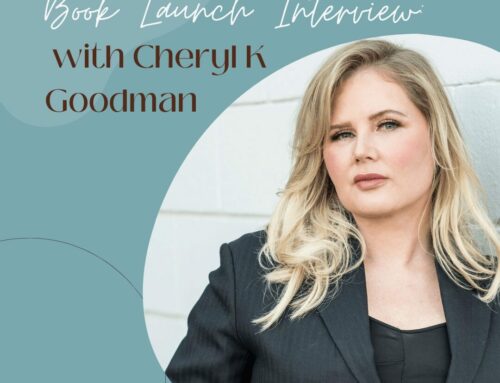Did you know that women make up only 12-13% of US patent holders?
For now, the solution appears to be better access to resources, mentorships or communities that provide a positive environment for women to learn about the patent system and meaningful encouragement from knowledgeable experts in the field who can also relate.
Statistics show that of new female inventors, 46% are likely to patent again within 5 years, meaning the confidence and fear is greatly diminished by having that first experience, ideally a positive one.
Felena Hanson sits down with intellectual property attorney, Susan Friedman, to discuss the patent process and how we can encourage women to pursue this important field.
The US Patent Act is designed to encourage innovation by providing inventors with a period of exclusivity in exchange for publicly disclosing the details of their invention. In the US, the Patent Act of 1790 enacted US Patent Laws and Procedures that were revolutionary in many ways, one of which opened the door to anyone, male or female, to submit an invention for patentability review, unlike most countries at the time.
Still, female inventors faced many more significant obstacles than our male counterparts from 1790 to today. For one, women faced the archaic stigma of being mentally inferior. This resulted in a fear that precluded many from attempting to take credit for their ingenuity. Those few women who were brave enough to submit an application often only put their initials on the application for fear of discrimination by the men that would eventually examine the application for a patent. Thus, women made up only a tiny fraction, less than 1% of patent holders until the 1900s.
Some notable females and role models who utilized the patent system to make significant contributions to the world.
- Hedy Lamarr – an actress who patented a frequency-hopping technology used in modern-day Wi-Fi and Bluetooth communication.
- Grace Hopper – a computer scientist who invented one of the first compiler related tools, leading to the development of COBOL, a programming language widely used for business applications.
- Marie Van Brittan Brown – an inventor who patented the first home security system that used television cameras and monitors.
- Sarah E. Goode – an African American inventor who patented the first folding cabinet bed.
- Mary Anderson – an inventor who patented the first windshield wiper system used in cars.
How far we have come:
This is a copy of the first patent from a female inventor (Sybilla Masters), issued from Great Britain because it predates the establishment of a patent system in the United States. However, Britain did not permit female patent applicants, so this patent was granted to her husband (Thomas Masters), though she received a brief mention as inventor.
ABOUT THE AUTOHR
Susan Friedman, an Intellectual Property Attorney, and Technology Strategist assist entrepreneurs in creating intellectual property protection and licensing strategies to achieve target objectives. Teaching courses to small business owners on Internet law and compliance standards. Advising small business owners on preparation of common legal documents such as formation paperwork contract templates, and website policies and simplifying business formation steps and best practices in fun virtual workshops.





